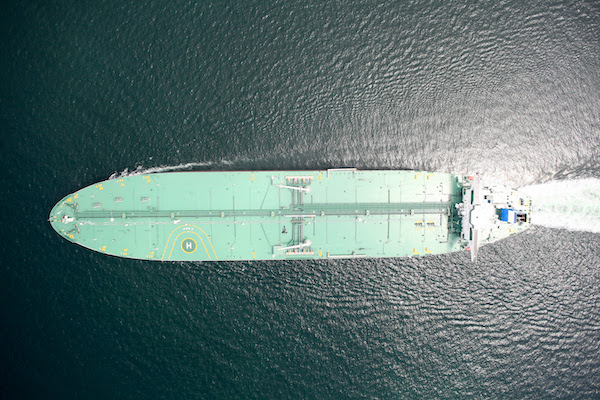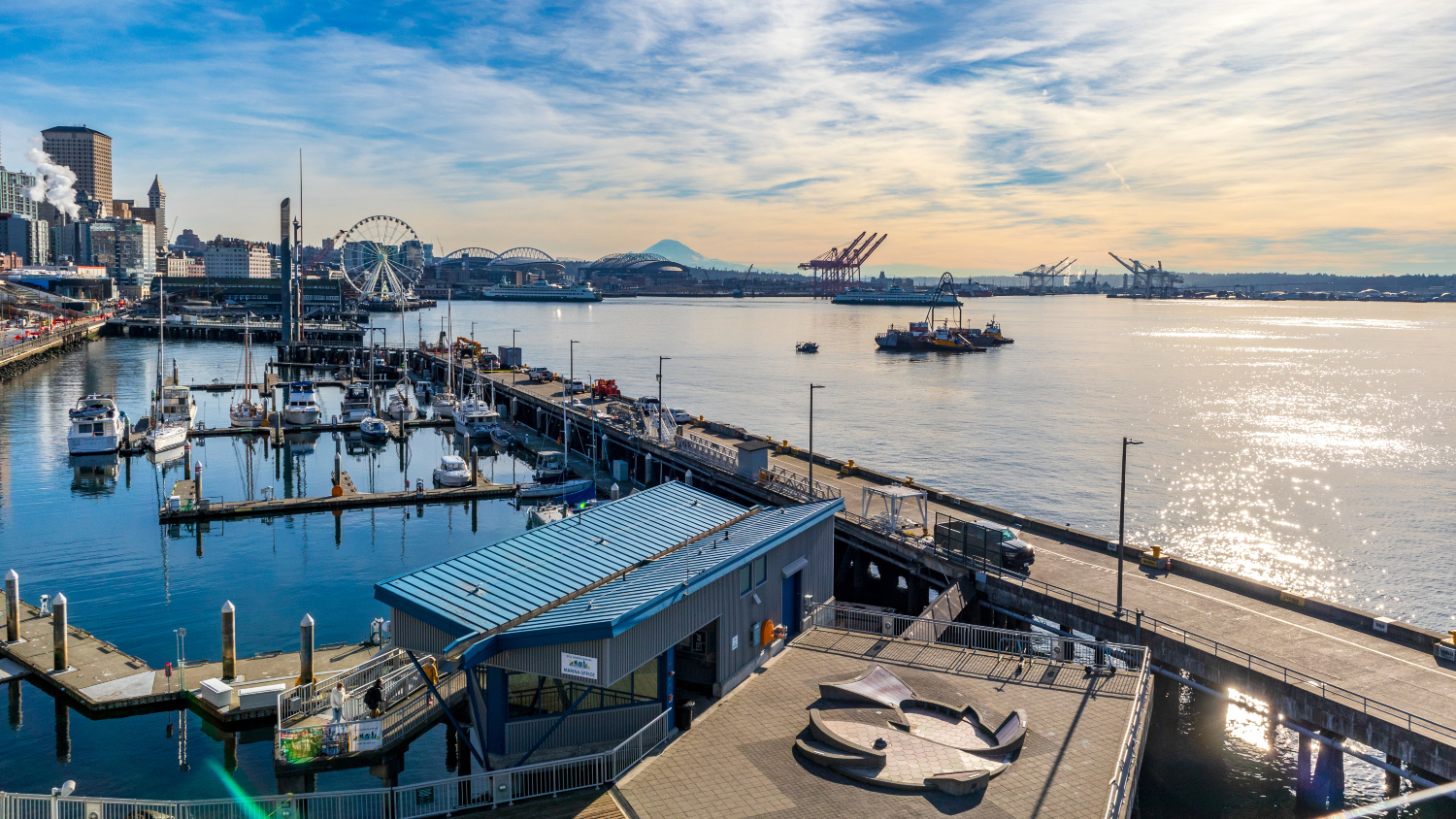The tanker market has been impacted heavily by the US policies during the first half of 2025. In its latest weekly report, shipbroker Gibson said that “almost every year since 2020 has been a rollercoaster ride, and the first six months of 2025 were no different with a wide range of factors influencing the tanker markets. The return of President Trump has undoubtedly been the catalyst for much, but not all the volatility and uncertainty. Changes are awash from geopolitics, international relations, trade, conflict, regulation, and decarbonization among others, with the outlook arguably as uncertain as it has been at any point in the past 5 years. In this report we recap on some of the key topics and developments so far this year”.
According to Gibson, “the second term of President Trump and US foreign policy is undoubtedly the biggest headline of the year. From sanctions to trade wars, to actual wars. However, the outgoing Biden administration had one last gift for the tanker market, sanctioning 156 mostly Russian trading tankers. Around the same time Shandong Port Group announced a ban on OFAC sanctioned ships calling at its ports. Whilst the impact in China was more muted, the sanctions temporarily forced Indian refiners to seek alternative cargoes from West Africa, the Americas and Middle East which boosted demand for VLCCs and Suezmaxes. Although the rally was relatively short lived as Russian supply chains adapted, it set the tone for a volatile 2025. As the Biden Administration bowed out and Trump took the stage, the initial weeks of his presidency had limited implications for tankers despite endless executive orders. With tariffs the primary focus, and energy trade largely being exempted, the initial direct impact of Trump’s presidency was ultimately limited, aside from creating chaos and uncertainty following the initial announcements as traders sought to trade around the proposed rules. Trump moved fairly swiftly to target Venezuelan exports, announcing that export licenses would expire in May. Iran soon found itself a renewed target, with the US announcing “maximum pressure” on the Islamic Republic, with fresh sanctions being issued weekly, and sometimes daily. For the first time, Chinese refineries were sanctioned, initially sending shockwaves through the market. Before reaching March, the US sent another shockwave through the market as the US Trade Representative (USTR) announced the results of its investigation into Chinese shipbuilding and maritime practices. The USTR concluded that China had engaged in unfair practices and announced aggressive measures to address the perceived unfairness. With the proposed measures potentially leading to multimillion dollar fees for Chinese linked ships in US ports, the timecharter markets stagnated as charterers backed away from tonnage, whilst owners immune to the proposal were emboldened. Ultimately the measures were heavily diluted in April, and not due to be implemented until October. Various other protectionist measures have been proposed, such as the US Ships Act which also seeks to revitalise US shipbuilding through taxation of ships owned/operated by “foreign entities of concern”. In April, the President announced “Liberation Day” with a baseline 10% tariff being implemented on all trading partners, and individual reciprocal tariffs up to 50%. A week later Trump announced a 90 day pause to all tariffs, except those on China and the 10% baseline applied to all countries. The tit for tat trade war with China escalated before a truce was called later in May”, the shipbroker noted.
Meanwhile, a lot has been going on in the various war fronts as well. Gibson noted that “perhaps surprisingly, no material change was observed in the Russia-Ukraine war, despite diplomatic efforts, with the President seemingly abandoning his pledge to swiftly end the conflict. His Administration has been reluctant to increase sanctions on Russia, lagging increased efforts by the UK and EU to ratchet up sanctions pressure. Lower oil prices also allowed more mainstream tankers to move into price cap trade, with a notable increase this year in the number of western owned crude tankers engaging in Russian trade. Iran however has not been so fortunate. Trump continued his policy of maximum pressure alongside 5 rounds of diplomatic talks before Israel launched it’s 12 day war against Iran. The war turbocharged regional tanker markets as owners applied massive risk premiums. However, once the US had completed its bombing mission, Israel soon claimed to have achieved its aims. Iran then orchestrated its retaliation followed by President Trump announcing a ceasefire. Subsequently, oil prices and freight rates soon lost their risk premiums. The Houthis also found themselves a victim of US firepower, with Trump launching an intense bombing campaign, which has appeared to degrade their capability to attack shipping in the Red Sea. Transits through the region had been increasing, although recent hostilities in the region seem to have at least temporarily deterred vessels from transiting Bab-el-Mandeb”.
In terms of decarbonization, Gibson said that “January saw the implementation of the European Union’s FuelEU regulation, which requires vessels trading to/from the bloc to gradually lower the GHG intensity of the fuel used onboard or face financial penalties. The implementation appeared to go relatively smoothly and had little impact on the freight markets. EU ETS offsetting requirements were also increased to 70% for intra EU voyages. The Europeans were not alone in setting the regulatory agenda, with the IMO approving its net zero framework, which if adopted, will introduce fees for vessels from 2028 depending on their GHG fuel intensity. The measures attracted strong criticism from some, notably the United States who withdrew from negotiations, making it uncertain if they will enter into force unaltered. Outside of shipping specific measures, the energy transition continued at pace in some parts of the world and slowed in others. Chinese EV adoption continued to surge, and crude imports fell YOY. Preliminary demand estimated indicate Chinese consumption grew by just 30kbd compared to H1 2024”.
Orders Down, Deliveries Up
“On the supply side, newbuilding orders have slowed significantly this year. Just 106 crude/product tanker orders have been signed this year, vs. 301 in the same period of 2024. Conversely, deliveries have increased from 34 in H1 25 to 86 so far this year as the higher orders placed during 2023 and 2024 start to hit the water. Scrapping remained minimal with just 8 tankers scrapped so far this year, broadly in line with 2024 figures. The performance of asset prices has been more mixed. Newbuilding prices across the board have eased this year, but remain at similar levels to the first half of 2024. With the exception of VLCCs where modern secondhand prices have been steady, prices for 5-year-old tankers have fallen by 7-13% depending on the vessel type as weaker spot markets and an uncertain outlook weigh on values. Overall, asset prices remain robust, with older values in many cases still double their pre-war levels”, the shipbroker concluded.
Source: Hellenic Shipping News Worldwide




